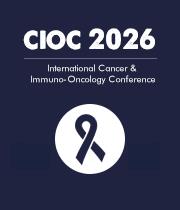Title : Application of magnetic resonance-diffusion weighted imaging in thyroid nodules
Abstract:
All studies were performed on a 3 T whole-body MRI system (MAGNETOM Prisma, Siemens Healthineers, Erlangen, Germany) using a 16-channel surface coil (Zhongzhi Medical, Jiangsu). Firstly, we evaluated the thyroid nodule image quality between two diffusion weighted imaging (DWI) technique, which were the reduced field of view technique diffusion-weighted imaging (rFOV-DWI) and simultaneous multislice readout segmentation of long variable echo-trains-DWI (SMS-RESOLVE-DWI). This study was performed at b values of 0 s/mm2 and 1000 s/mm2. Study result suggested that rFOV-DWI exhibited better image quality than SMS-RESOLVE-DWI and similar performance in differential diagnosis. Secondly, the optimal b-value for rFOV-DWI was explored. This study was performed at b values of 0 s/mm2, 500 s/mm2, 1000 s/mm2 and 1500s/mm2.We combined image quality and differential diagnostic performance to determine the optimal b-value for rFOV-DWI detection of benign and malignant nodules. This study suggests that 1500 s/mm2 may be a suitable b-value to differentiate benign and malignant thyroid nodules in ZOOMit-DWI images, which yielded better image quality and comparable diagnostic effectiveness among the different b-value. Lastly, we compared the diagnostic performance of intravoxel incoherent motion (IVIM) and diffusion kurtosis imaging (DKI) in thyroid nodules. IVIM and DKI were performed using the rFOV-DWI technique. Study result suggested that IVIM and DKI were alternative for each other in in differentiating malignant from benign thyroid nodules. The D of IVIM-derived parameters and Dapp of DKI-derived parameter were correlated to the Ki-67 expression.



